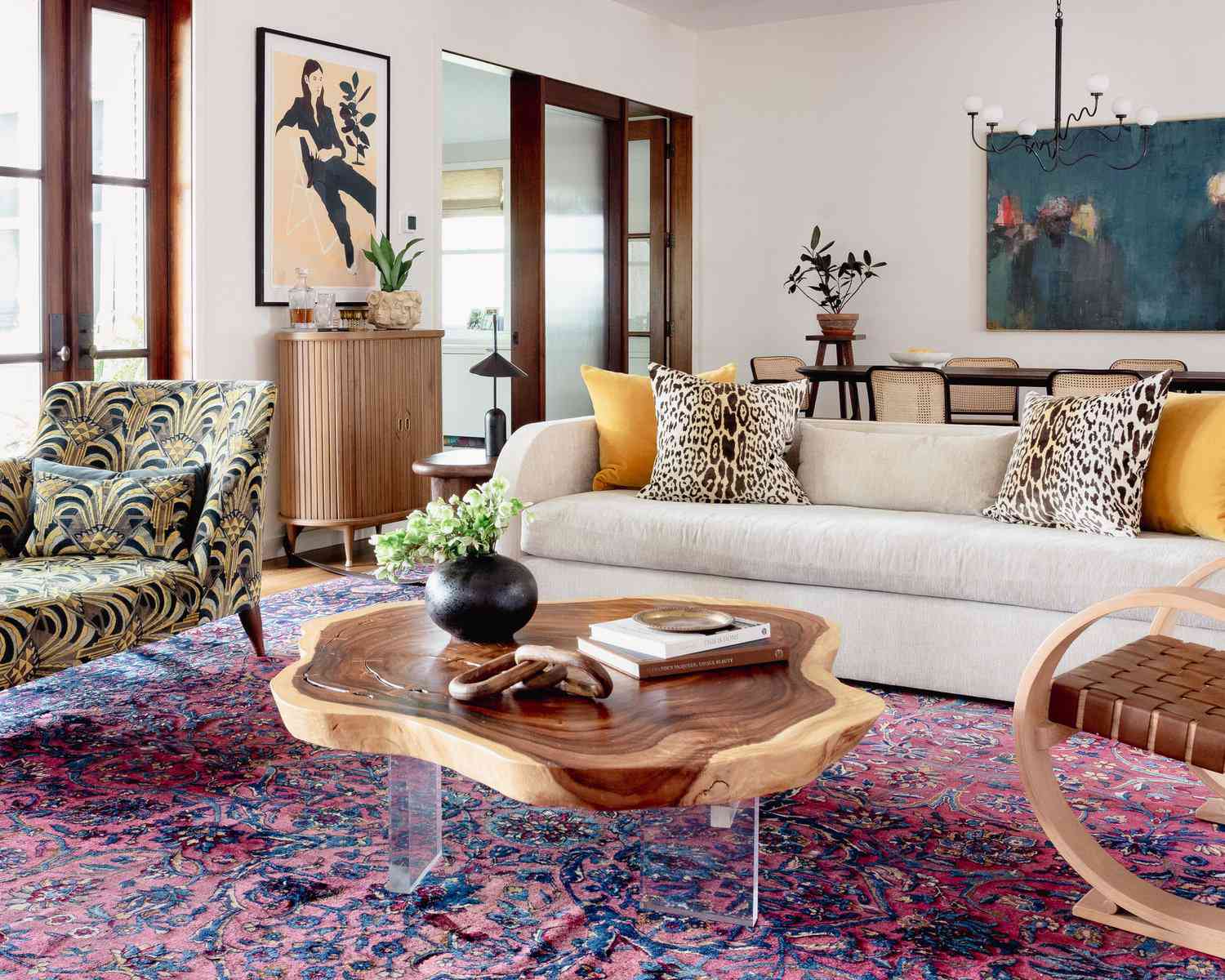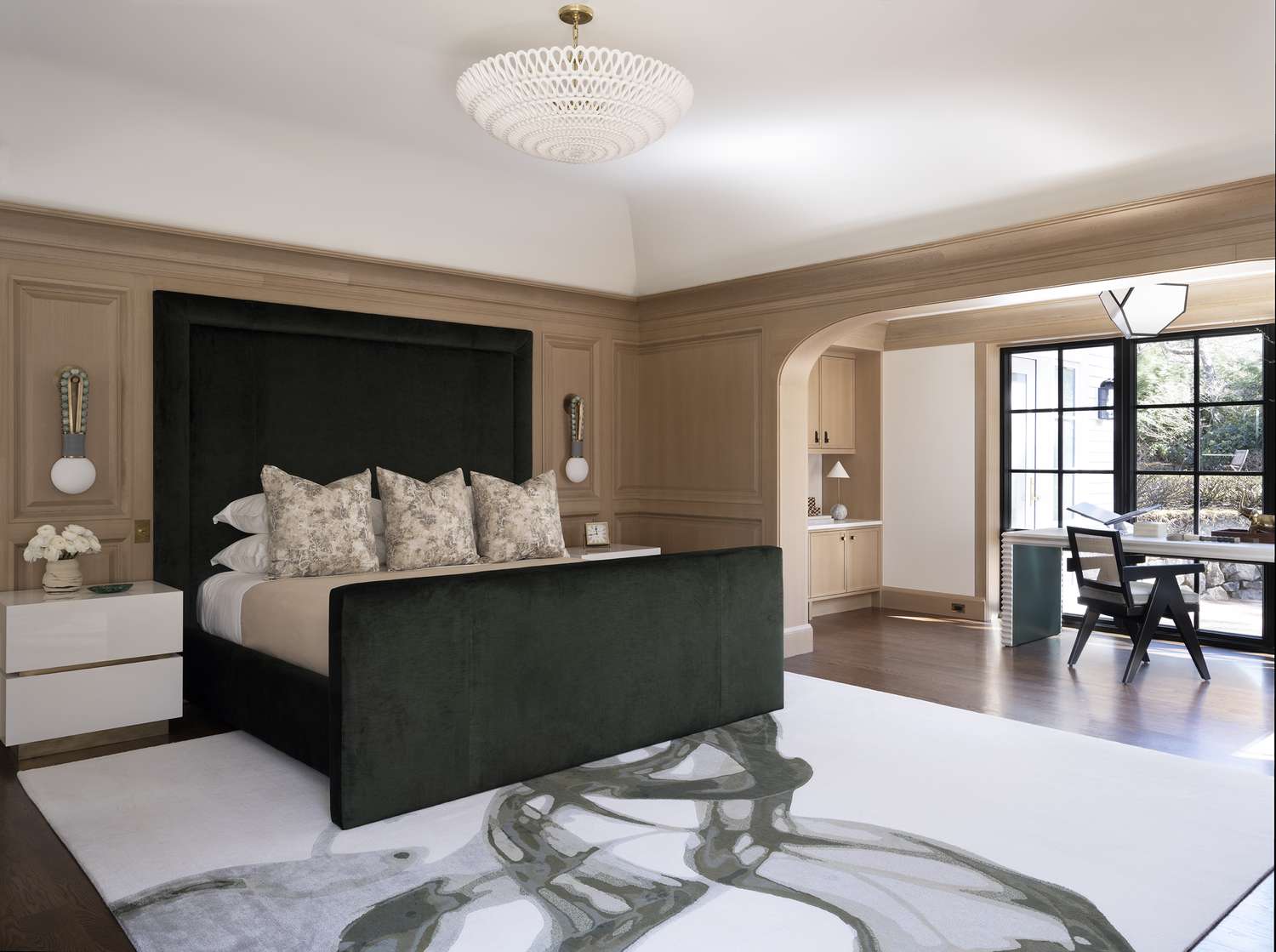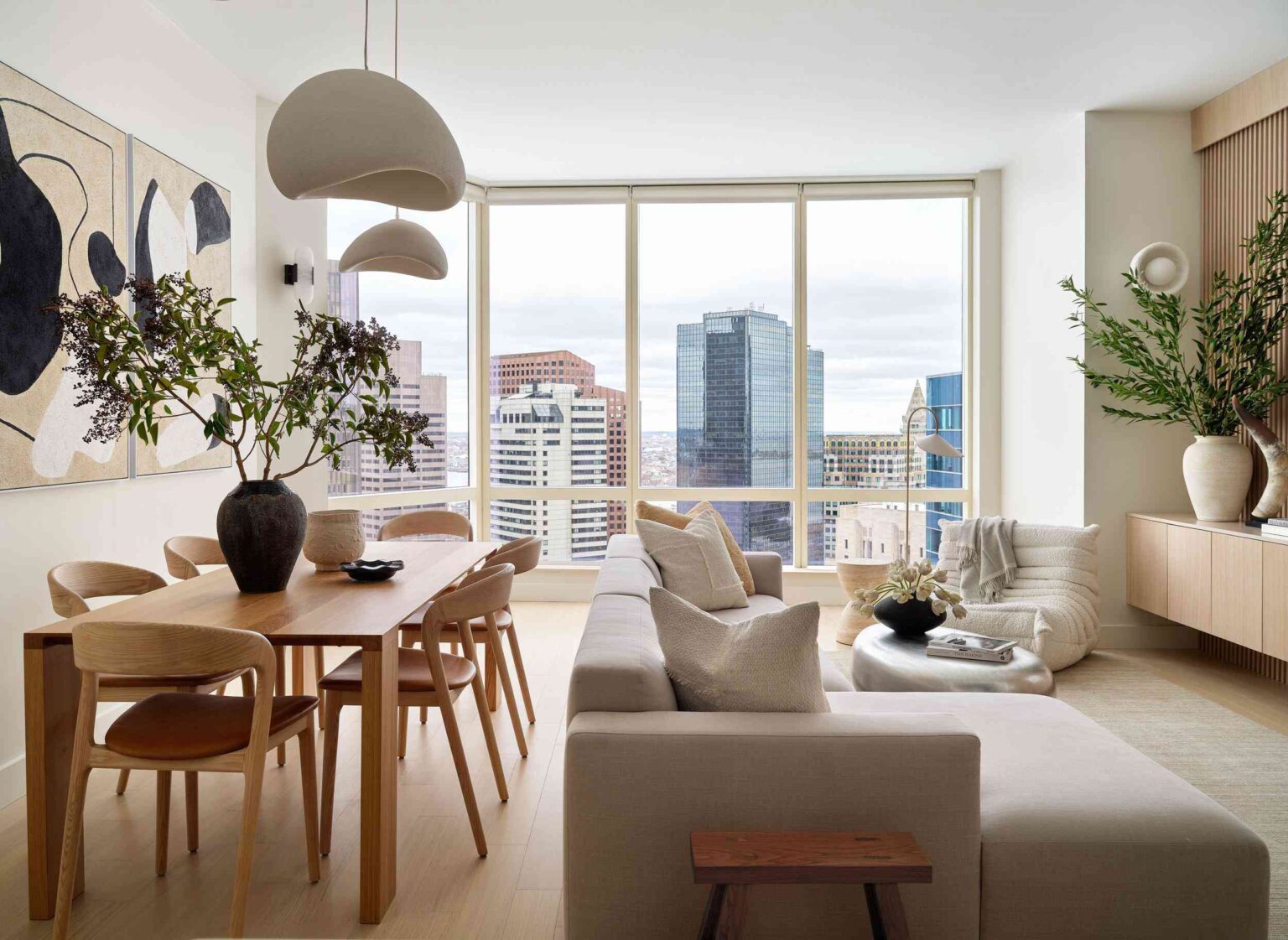Act as a native French speaker and an expert in Home Decoration, who speaks and writes fluently in French. Translate the article below into French. Make sure the translation is linguistically accurate, and conveying the meaning, facts and figures of the original text. Ensure the content is engaging and culturally appropriate for French readers. Don’t talk about Yourself or Your Experience. Don’t Self-reference. Don’t explain what you are doing. The article to translate:
When properly lighting a room, it’s all about mixing and matching various lighting types. A combination of overhead, task, and accent lighting is key in any room of the home, interior designers say. They also stress the importance of properly lighting each room of the home based on how it is used and discuss the significance of color temperature.
Below, pros share more of their top tips for designing a well-lit home.

Working With Overhead, Task, and Accent Lighting
Laura Lubin, the founder of Ellerslie Interiors, describes overhead lighting as the foundation of a room. It is also an opportunity to have fun with your design.
“Light fixtures are a great way to make a statement, especially in homes that fear destruction via kids or pets, because they can’t get to it,” Kevie Murphy, the founder of K.A. Murphy Interiors, says.
Murphy personally loves an oversized statement when it’s brought closer to eye-level since it adds a fun factor. However, overhead lighting can be quite harsh on its own. That is why it’s important to also bring in some task lighting, which can consist of a reading lamp, under-cabinet lights, and more.
“This is what makes a room a place people want to be in,” Murphy says of task lighting. “If you’re a reader, you wouldn’t utilize the comfy spaces to read if the lighting didn’t allow it.”
Finally, accent lighting is where the magic happens, Lubin says. Lubin explains how it’s the ultimate finishing touch that adds depth and draws attention to your favorite features. Whether it’s a beautiful piece of art or a cozy reading nook.
Some of Lubin’s favorite types of accent lighting include sconces, art lights, floor lamps, and more.
“The key is to layer these lighting types to make a space that feels warm, inviting, and adaptable to any mood,” Lubin says.

Design by K.A. Murphy Interiors / Photo by Michael Partenio
Want more design inspiration? Sign up for our free daily newsletter for the latest decor ideas, designer tips, and more!
Expertly Lighting Each Room
Your specific lighting needs will vary by room. For example, Becky Shea, the founder of Becky Shea Design, often cooks regularly in her kitchen and finds it challenging to solely rely on pendants and sconces especially when it comes to meal prepping. In this space, she therefore recommends utilizing recessed lighting in order to fully be able to focus on cooking tasks.
“You don’t need to go overboard, but having a few evenly spaced lights between the island and range can make a significant difference,” she says.
You can still weave pendants and sconces into the mix, of course. Shea explains how pendants can serve as a focal point, grounding the space in the center, while sconces and even a table lamp on the island or along the perimeter offer ambient lighting that enhances the atmosphere.
“There’s no one-size-fits-all solution, but achieving a harmonious balance between mood lighting and functional lighting creates a beautifully lit and welcoming kitchen space,” She says.

While recessed lighting comes in handy in the kitchen, it is not suitable for a sleep space, Shea explains. Recessed lighting can often create a harsh, clinical feeling that doesn’t create a relaxing atmosphere in a bedroom. The designer will instead select softer lighting for the space and is a proponent of utilizing table lamps, wall sconces, chandeliers, and the like.
“These types of lighting provide a warm, inviting glow that’s perfect for winding down,” Shea says, adding that opting for dimmable options is all the better to really customize your space.
The exact number of light fixtures that you weave into a room will vary depending on its size.
“I typically like to use two to three sources of lighting at various heights throughout a room, to ensure there’s a nice soft ambiance, while also letting the light be functional,” Cynthia Tran, the founder of Cynthia Lananh, says.
Think About Color Temperature
The lighting temperature you select will vary based on the room as well.
Tran recommends sticking with a temperature ranging between 2700 kelvin and 3000 kelvin in spaces that require significant bright light. In spaces made for relaxing, she suggests going with 2700k lighting on a dimmer.




